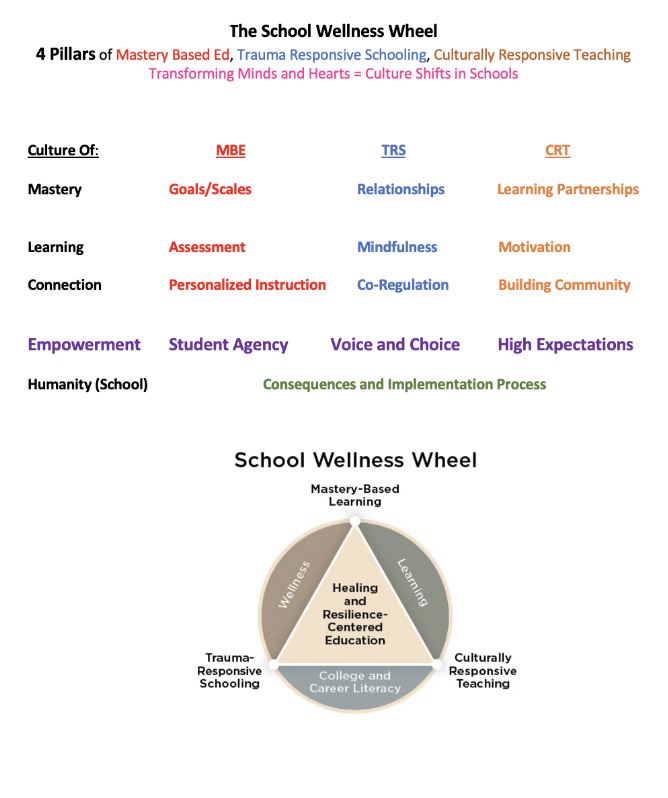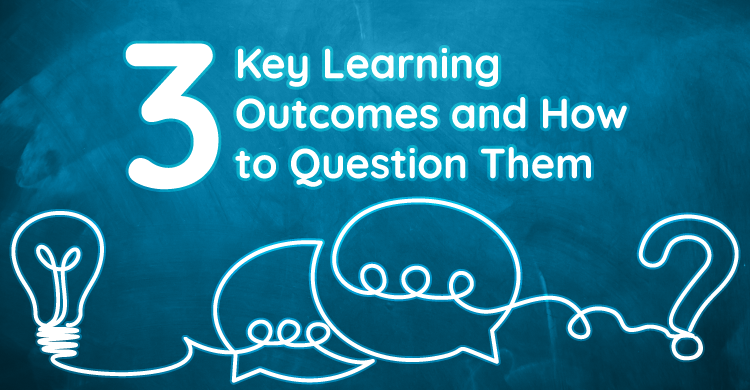The impact of trauma and toxic stress on the current generation of teachers and students cannot be overemphasized. Recent political events, racial justice issues, COVID surges, economic instability, and school violence have led to increasing levels of anxiety and dysfunction across a generation of learners. Contemporary medical and psychological research has cemented the fact that childhood stress and trauma can have a tremendous impact on mental and physical health outcomes throughout life. This is an issue for society in general, including schools, which are only now beginning to appreciate what trauma and toxic stress really mean and comprehend how detrimental they are to brain development. Former California surgeon general Dr. Nadine Burke Harris has asserted that childhood trauma is “a public health crisis” (Burke Harris, 2014).
On the bright side, updated research also strongly indicates that we humans have a profound ability to heal ourselves and each other. This phenomenon is often referred to as post-traumatic growth and can be demonstrated in survivors of violence, war, disasters, bereavement, economic devastation, and serious illnesses or injuries.
Schools can and must play a critical role in facilitating this psychological growth by helping imbue learners with resilience.
Resilience enables people to navigate traumatic events or periods of extreme stress by utilizing various protective factors for support. Resilience improves our ability to cope and, hopefully, bounce back and even grow from challenging experiences. Resilient people are more likely to do the following:
- Display a sense of purpose and have identified long-term goals for their future
- Successfully manage the challenges of their academic, professional, and personal lives
- Navigate challenges, setbacks, and personal issues
- Seek assistance and guidance when necessary
- Understand when to stop, rest, and replenish
- Develop and cultivate appropriate relationships that are positive and mutually respectful
A general understanding of the evolution of medical science can serve as an inspirational model to help teachers understand how research can inform and advance our own educational practice.
Until the mid-1800s, a common assumption was that disease and infection in humans came from within themselves—people got sick because they had offended God, were lacking in virtue or other positive qualities, or were under the control of some undesirable spirits. Louis Pasteur was one of the scientists from the time who debunked those claims by demonstrating that microorganisms could cause infection at a cellular level. Thanks to this innovative medical research, we now clearly understand how infectious agents can enter a person’s physiology and, if that person is vulnerable, illness and/or infection will likely follow. Germ science eventually became a foundational tenet of modern medicine.
Today, trauma science is the psychological version of germ science. Whereas germ science provides an understanding of the impact of external biochemical forces on a person’s internal pathology, trauma science provides a deeper understanding of the impact of external stress on the internal biology of people and communities. For example, just as bacteria and viruses are infectious agents, trauma and toxic stress can also be infectious in the sense that they impact child development, inhibit learning, affect behavior, and can cause chronic, multigenerational, and often lethal disease. The more intense the level of contact, the greater the likelihood that victims will suffer long-term consequences.
Educational professionals now possess a massive amount of research from diverse fields—including psychology, genetics, pediatric medicine, education, and resilience theory—that has greatly contributed to our knowledge about how children grow physically and emotionally, how their brains operate, and how an array of factors can impact their learning and overall development. Never have we known more about what to do in helping to calm brains and build resilience.
Thus, there is a newfound professional need for educators to leverage the most advanced science to help improve school structures and inform classroom instructional strategies to reduce the impact of toxic stress on children and to mitigate its negative effects on development and health across the lifespan. As such, a teacher’s role has evolved from simply delivering curriculum to becoming an expert in learning and the brain.
So, what can we do?
Research on trauma and resilience is on the verge of transforming schools and the science of learning. As we continue to grapple with and understand emerging educational paradigms, we must more deeply consider how we can possibly create a better, personalized experience for all students. Educators have the unprecedented opportunity to understand and positively impact students’ lives in a way that can dramatically influence the rest of their experience. This is the mission of schools.
A powerful solution to many current problems lies in integrating the School Wellness Wheel as the framework to help traditional schools evolve into centers of wellness, healing, health, and balance to subsequently help elevate every student to high-level learning. The School Wellness Wheel integrates mastery-based learning, trauma-responsive schooling, and culturally responsive teaching into a comprehensive system in which their combined force can form a new model of schooling that is ultimately transformational. The School Wellness Wheel represents the convergence of research across multiple fields and lines of inquiry and can serve as the future of schooling.

For so long, the focus of schools has been on curriculum, assessment, and instruction. We assert that it is the critical time to move toward a focus on high-level learning for all, and this will only happen with a paradigm shift to healing- and resilience-centered education that allows educators to focus their energies on the brain, the body, and the overall wellness of the students in their schools.
In addition, current research from cognitive neuroscience has revealed a fascinating period of rapid neural development—as evidenced by a high level of neurogenesis (the brain’s ability to produce new neurons and grow gray matter) and neuroplasticity (the brain’s ability to continually form new synaptic connections whenever we learn something new)—during adolescence that is second only to that which occurs in infancy. This suggests that there is a critical window in which schools can help heal traumatized brains, strengthen resilience in non-traumatized brains, and build the habits of mind and body that support a thriving adulthood.
We do not have to be defined by our trauma. Simply stated, we now have a moral responsibility to focus our efforts on helping people heal from the variety of traumatizing events that have become so prevalent. What we need is for schools to adopt a radically new ethos focused on an updated vision of healing and resilience so that learner growth and achievement can follow.
The great challenge is to balance the push for academic success and excellence with a safe and supportive environment that can provide kids with a way to heal their brains and build their capacity for resilience.
Schools are the bedrock of communities. They are social institutions that have the powerful capacity to touch every citizen. And schools can also have the immense potential to enhance the process of cognitive, social, and emotional growth, buffer the negative effects of stress and trauma, and promote resilience in the learners they serve daily.
Learn more about The School Wellness Wheel by Mike Ruyle, Libby Child, and Nancy Dome.
Works Cited:
Burke Harris, N. (2014). How childhood trauma affects health across a lifetime [Video]. TED Conferences. https://www.ted.com/talks/nadine_burke_harris_how_childhood_trauma_
affects_health_across_a_lifetime?language=en






